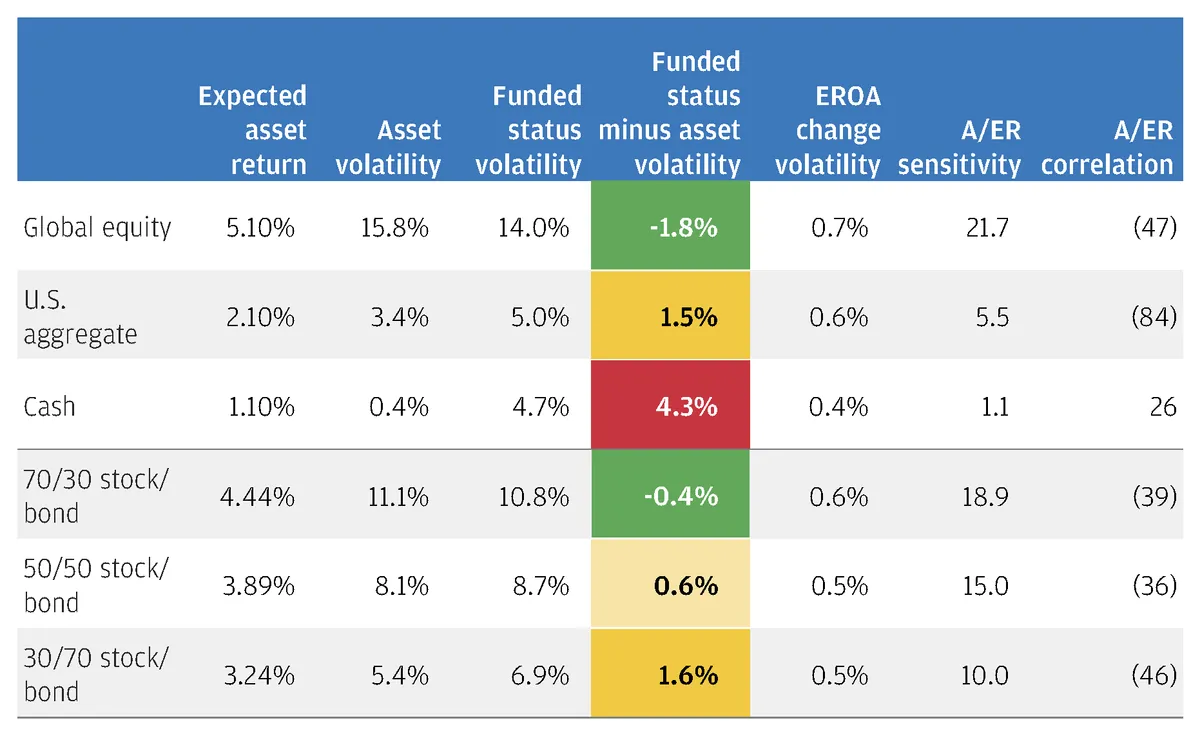UK Pension Funds Embrace 'LDI 2.0' Strategy Two Years Post-Crisis
Two years after a market crisis threatened UK pensions, the Liability Driven Investment strategy is gaining popularity. Providers claim improved safety measures, while regulators maintain vigilance over the £2 trillion industry.

Two years have passed since a market upheaval threatened the UK's £2 trillion pension industry, yet the strategy that exacerbated the crisis is experiencing a resurgence. Liability Driven Investment (LDI), a hedging approach utilized by pension funds, is gaining traction once more, albeit with providers asserting enhanced safety measures.
In September 2022, the UK financial markets were thrown into disarray following the announcement of unfunded tax cuts in the 'mini-budget' by then-Prime Minister Liz Truss. This event triggered a substantial sell-off of UK government bonds, commonly known as gilts. The repercussions were particularly severe for pension funds, which were not only heavily invested in these assets but also employed leveraged financial instruments to hedge against interest rate fluctuations and inflation.
The dramatic shifts in gilt prices led to collateral calls on pension funds' LDI positions, prompting a frantic liquidation of their most liquid assets to meet cash requirements. This primarily involved selling UK government debt into a rapidly declining market. The situation became so dire that the Bank of England was compelled to intervene by purchasing gilts to stabilize prices.
In response to the crisis, regulators have been advocating for increased collateral and reduced leverage to prevent a recurrence while acknowledging the protective role of hedging strategies. Adam Baker, a manager in BlackRock's LDI business, emphasized the continued importance of LDI for pension schemes, particularly as many aim to manage potential surpluses and achieve their desired end goals.

LDI providers have implemented various measures to enhance the strategy's safety. These include reducing leverage and allocating more liquid assets, such as corporate bonds, as collateral that can be more readily converted to cash. However, industry executives acknowledge that this new approach remains untested, and no system is entirely immune to every potential shock.
The evolution of this strategy has led some to refer to it as "LDI 2.0". Anne-Marie Morris of Legal & General Investment Management (LGIM) noted that their pooled funds have increased the collateral available to withstand interest rate movements of 3 percentage points or more, up from 1.5 to 2 points before the crisis, providing a larger buffer in case of market turbulence.
Four major LDI providers - Legal & General, Insight Investment, Schroders, and Columbia Threadneedle - reported that pension funds have increased their use of hedging tools, including LDI. LGIM revealed that its defined benefit pension scheme clients had raised their hedging ratios to 86-87% of their liabilities, an increase of up to seven percentage points in two years, with LDI being the primary method of choice.
XPS, a pensions consultancy, reported an 8 percentage point increase in the proportion of LDI assets held across its clients over the past two years. Concurrently, pension funds have been able to deleverage their hedging positions, partly due to higher interest rates improving their funding positions by reducing liabilities.
Data from The Pensions Regulator (TPR) indicates that the value of leveraged LDI positions currently stands at £600-700 billion, approximately half the level recorded in late 2021. While this represents a reduced exposure, it remains a significant amount.
Neil Bull, TPR's executive director of market oversight, stated that defined benefit pension schemes are better funded than at any time in recent memory. However, the regulator will continue to monitor potential LDI risks, recognizing the ongoing importance of vigilance in this critical sector of the UK's financial landscape.
As the pension industry adapts to these new realities, the balance between risk management and financial stability remains a key focus for both fund managers and regulators alike.


































